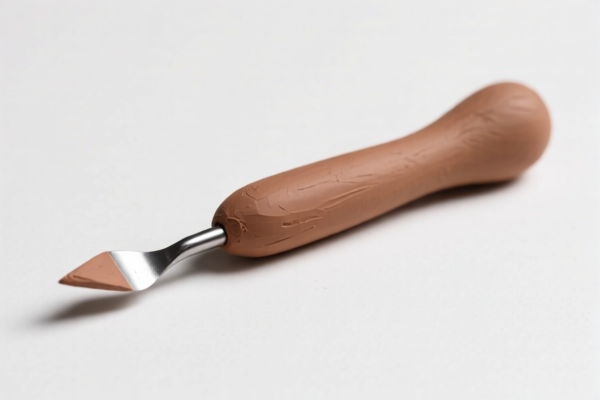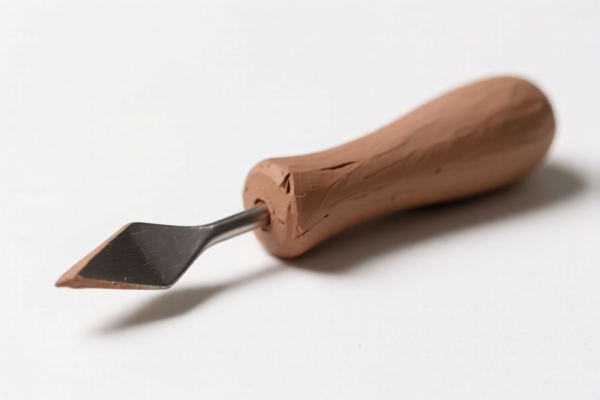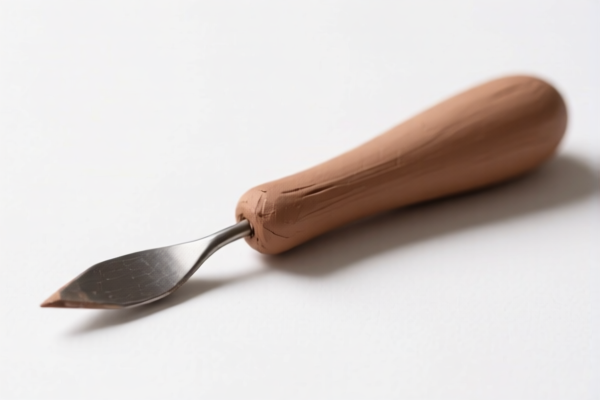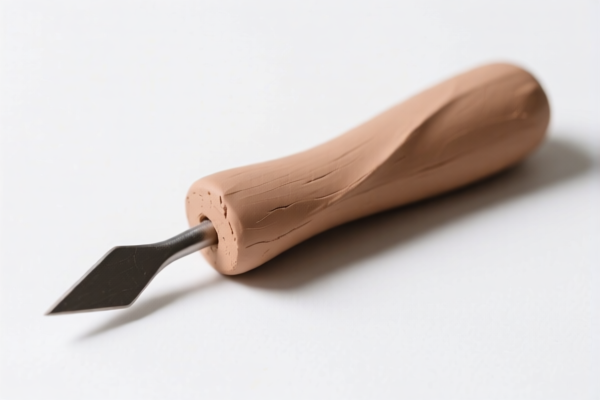| HS Code | Official Doc | Tariff Rate | Origin | Destination | Effective Date |
|---|---|---|---|---|---|
| 8205901000 | Doc | 55.0% | CN | US | 2025-05-12 |
| 3926909910 | Doc | 42.8% | CN | US | 2025-05-12 |
| 4417008010 | Doc | 60.1% | CN | US | 2025-05-12 |




HS Code Classification & Duty Analysis for Your Declared Goods: POTTERY CLAY SCULPTING TOOL
Based on the provided information, here's a breakdown of the HS codes associated with your "POTTERY CLAY SCULPTING TOOL" and the corresponding duty implications. Please note that the final classification depends on the exact material composition and function of each component of the tool.
Important Disclaimer: This analysis is based solely on the descriptions provided. A physical inspection by customs authorities may result in a different classification.
1. HS Code: 8205.90.10.00 – Handtools (including glass cutters) not elsewhere specified or included…**
- Chapter 82: Tools, implements, cutlery, hand tools, articles of prefabrication, containers and closures, nails, screws, bolts, nuts, screw caps, washers, etc. This chapter broadly covers hand tools.
- 8205: Hand tools (including glass cutters) not elsewhere specified or included; blow torches and similar self-contained torches; vises, clamps and the like, other than accessories for and parts of machine tools or water-jet cutting machines; anvils; portable forges; hand- or pedal-operated grinding wheels with frameworks; base metal parts thereof. This is a more specific category within hand tools.
- 8205.90: Other. This indicates the tool doesn't fall into the more defined subcategories within 8205.
- 8205.90.10.00: Other, including sets of articles of two or more subheadings of this heading: Anvils; portable forges; hand- or pedal-operated grinding wheels with frameworks; base metal parts thereof. This is a very broad subcategory.
Duty Information:
- Basic Duty: 0.0%
- Additional Duty: 25.0%
- Post April 2, 2025 Additional Duty: 30.0%
- Total Duty: 55.0%
Considerations:
- This HS code is suitable if the tool is primarily made of metal and doesn't fall into other more specific hand tool categories (e.g., pliers, screwdrivers).
- If the tool is part of a set containing items classified under different subheadings within 8205, this code is appropriate.
2. HS Code: 3926.90.99.10 – Other articles of plastics and articles of other materials of headings 3901 to 3914: Other: Other Laboratory ware**
- Chapter 39: Plastics and articles thereof. This chapter covers products made from plastic.
- 3926: Other articles of plastics and articles of other materials of headings 3901 to 3914. This covers a wide range of plastic products not specifically classified elsewhere.
- 3926.90: Other. This indicates the item isn't a more specifically defined plastic product.
- 3926.90.99.10: Other: Other Laboratory ware. This is a specific subcategory for plastic laboratory ware.
Duty Information:
- Basic Duty: 5.3%
- Additional Duty: 7.5%
- Post April 2, 2025 Additional Duty: 30.0%
- Total Duty: 42.8%
Considerations:
- This HS code is appropriate if the tool is primarily made of plastic. The description "Other Laboratory ware" suggests it might be used for precise work, similar to laboratory tools.
- If the plastic is a significant component, even if combined with other materials, this code may be applicable.
3. HS Code: 4417.00.80.10 – Tools, tool bodies, tool handles, broom or brush bodies and handles, of wood; boot or shoe lasts and trees, of wood: Other Tool handles**
- Chapter 44: Wood and articles of wood; wood charcoal. This chapter covers products made from wood.
- 4417: Tools, tool bodies, tool handles, broom or brush bodies and handles, of wood; boot or shoe lasts and trees, of wood. This covers wooden tools and tool components.
- 4417.00: Other. This indicates the item isn't a more specifically defined wooden tool.
- 4417.00.80.10: Other Tool handles. This is a specific subcategory for wooden tool handles.
Duty Information:
- Basic Duty: 5.1%
- Additional Duty: 25.0%
- Post April 2, 2025 Additional Duty: 30.0%
- Total Duty: 60.1%
Considerations:
- This HS code is appropriate if the tool handle is made of wood.
- If the wood is a significant component, even if combined with other materials, this code may be applicable.
Recommendations & Next Steps:
- Material Composition: Crucially, determine the primary material of each component of the "POTTERY CLAY SCULPTING TOOL". Is it metal, plastic, wood, or a combination?
- Function: What is the specific function of the tool? Is it used for precise work (suggesting laboratory ware), general sculpting, or another purpose?
- Single vs. Multiple Components: If the tool consists of multiple parts made of different materials, you may need to classify each component separately.
- Certification: Depending on the material and intended use, you may need to provide certifications (e.g., material safety data sheets, compliance certificates).
- Declare Accurately: Ensure your declaration accurately reflects the material composition and function of the tool to avoid potential issues with customs.
- Consult a Customs Broker: For complex classifications, it's highly recommended to consult a licensed customs broker in China. They can provide expert guidance and ensure compliance with all relevant regulations.
Disclaimer: This information is for general guidance only and does not constitute professional legal or customs advice. Always consult with a qualified customs broker or legal professional for specific advice related to your situation.
Customer Reviews
The page provided good HS code options for pottery tools, but I found the section on how to declare goods a bit overwhelming. Still, the info was accurate and helpful.
The HS Code 4417.00.80.10 section was super useful for my wooden tool handles. The breakdown of the tariff rates and the note about material composition made things much easier to understand.
I found the info on HS Code 3926.90.99.10 very helpful for my plastic sculpting tools. The duty rates and material considerations were clear, though I wish there were more examples.
The detailed breakdown of HS Code 8205.90.10.00 was exactly what I needed for my pottery tools. Great explanation of the tariff rates and classifications.